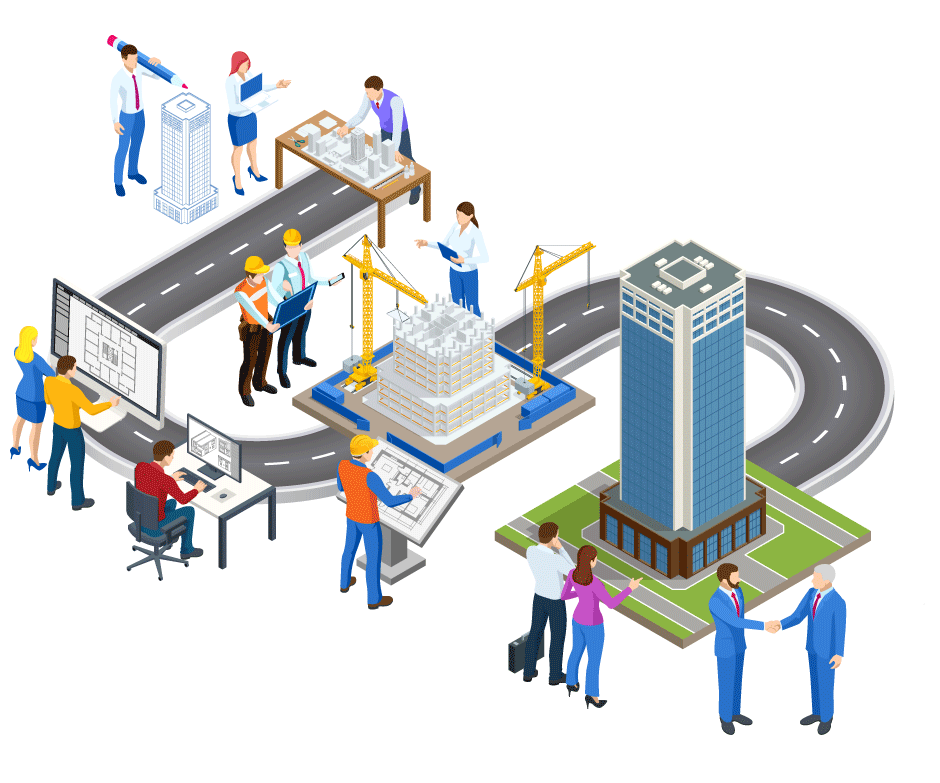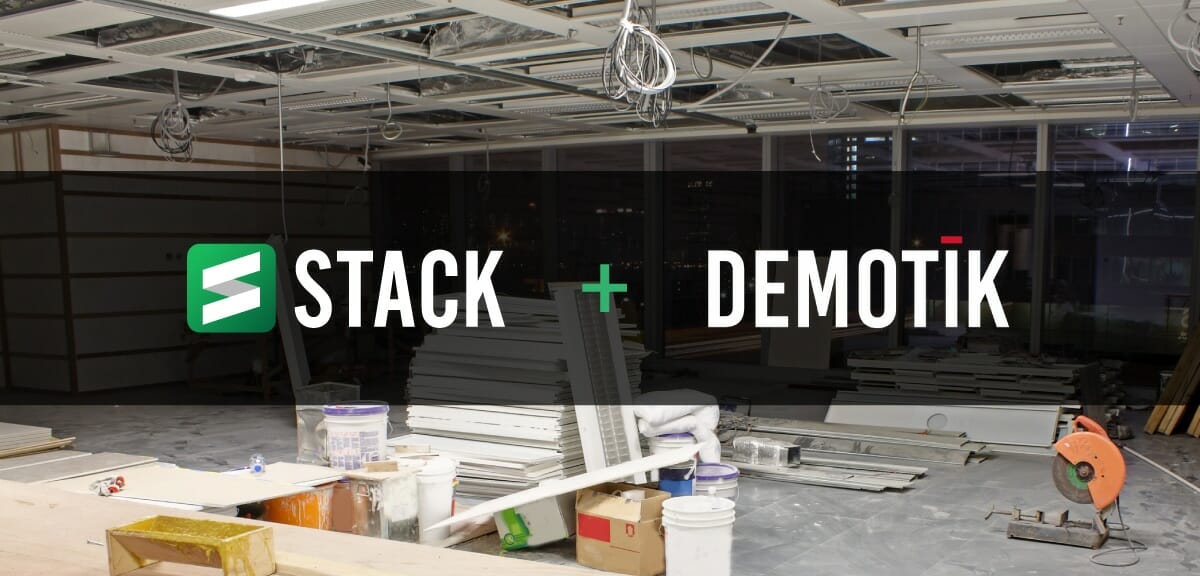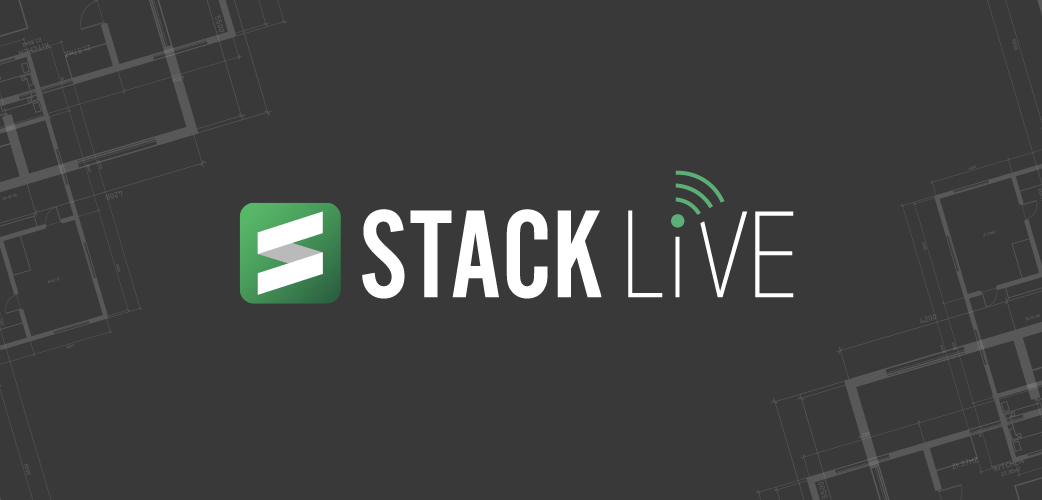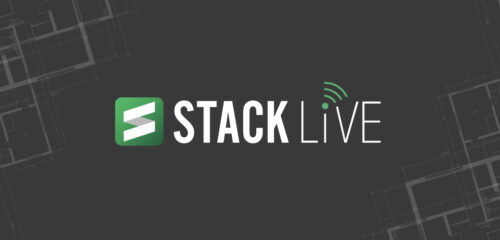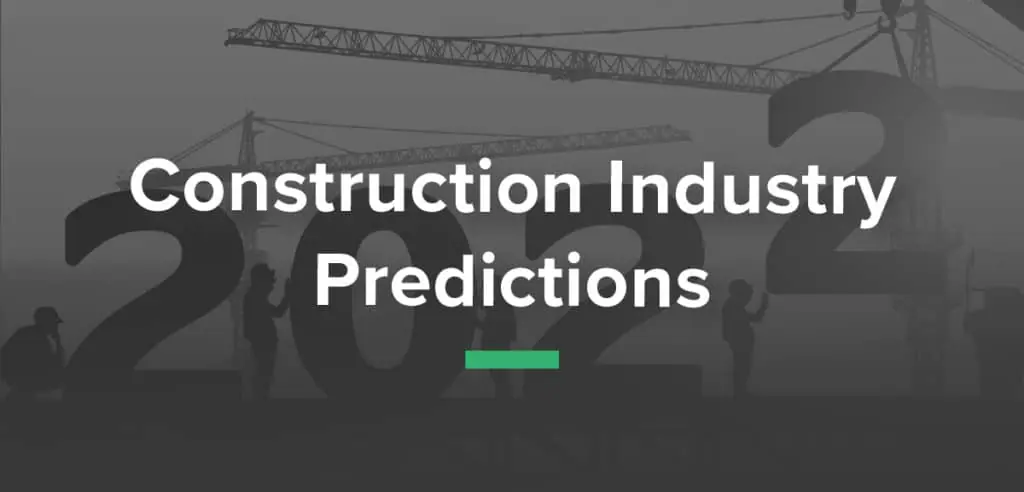
2021 was a challenging year for the construction industry. We saw major supply chain issues, material cost spikes, and labor shortages. Unfortunately, those trends are spilling into 2022 as COVID-19 continues to control the global economy. What we’re seeing most in this pandemic era is contractors needing to adopt new technology more than ever to not only keep up with competitors, but also to collaborate and communicate with their hybrid teams in the office and on site.
Against all odds, the construction industry remains resilient in the face of unprecedented conditions. Below we look at forecasted obstacles, solutions, and what construction technology is moving toward in 2022.
2022 Obstacles
Workforce
According to the U.S. Bureau of Labor Statistics, in 2020 the median age in the construction industry was 42.9. We have an increasingly aging workforce which contributes to the ongoing labor shortage. The biggest problem the construction industry faces is training for trades. With fewer trade schools available – like Vo-Tech – for high-school age students, the budding workforce is missing opportunities to learn important skillsets. The 2021 Infrastructure Investment and Jobs Act failed to approve $45.5 billion for states to offer two years of free community college tuition, further burdening our industry with less skilled training available.
Supply Chain and Pricing
Supply chain issues are wreaking havoc across global industries with production plant shutdowns caused by the pandemic. The cost of transporting materials has skyrocketed along with increased shipping times, severely affecting the construction industry with delays in project completion. The Q3 Commercial Construction Index report by Dodge showed that 98% of contractors say material cost fluctuations have a moderate to high impact on their business.
Volatility and Adapting
COVID-19 has changed our world, our culture, and the way we do business. There will be times where contractors and project managers can’t be in the field and must work remotely. They need the ability to collaborate with teams on site and fast, using cloud-based software apps like STACK Build & Operate. Smaller companies (2-5 employees) will have to work with more than just email and Excel in these instances. In the next six months, we should see smaller firms in the market joining the tech space.
Data Integration
Data integration is also a huge concern in our industry. According to the JBKnowledge 2021 Construction Technology Report, 62.4% of construction professionals are using mobile devices in the field for daily reporting, 60.2% for photo/video, and 43.8% for plan management. There is a colossal amount of data produced in the office and the field, but the time wasted on manual integration is staggering. Businesses are still using manual entry for data because they lack integration with their software, or don’t use technology to begin with.
The report said the most limiting factors in trying or adopting new technology were employee hesitance, budget, and lack of staff to support the new tech. Our industry needs to invest in hiring a tech-savvy workforce and implementing software with API connectivity in order to enable seamless data integration.
Solutions
Digitalization
Contractors need to start filling their digital toolboxes. The average person spends 1.5 hours per day “looking for things,” and in the construction industry that starts with data (blueprints, takeoffs, estimates, punch lists). With greater connectivity from the office to the field, digitalization means boosting efficiency and productivity in construction.
Data is the connective tissue of a successful business. Cloud-based general contractor software allows you to make decisions in real-time, accessing data from anywhere. By updating workflow processes with new technology, it allows for better collaboration, time and money savings, less rework, and improved failure rate.
Chief Information Officers (CIOs) are in the limelight now. They need to make the transition from tech leaders to profit drivers. Large players in the industry are working hard to adopt new technology like STACK Takeoff & Estimating and STACK Build & Operate, and CIOs will be at the forefront of this shift.
Find and Retain Workers
– Adopt new technology to attract the next generation of workers who expect innovation.
– Invest in your employees and offer advanced skill training. The Association for Career and Technical Education provides resources for continuing education courses and earning necessary credentials in the construction industry.
– Look for industry resources who provide career training like Blue Door’s Construct program. They recruit, train, and employ motivated individuals to learn and work on-site with qualified tradespeople to prepare for a career in the construction industry. Offering services such as home renovations, landscaping, and demolition and site cleanup, Construct turns jobsites into on-the-job learning experiences, helping to propel trainees from vulnerable populations into careers in the trades.
Get Creative with Materials
In 2022, we need to think outside of the box, but inside our economy (and those of our northern neighbors). If our industry is anything, it’s clever, and we can get creative with how we use and source materials.
– North American manufacturing: Look at companies like Quikrete, Georgia-Pacific, Weyerhaeuser, Quarrix, Boral North America, and Pella.
– Alternative materials: Hempcrete, metal insulated panels, modular builds
– Source from local sawmills and lumber yards
– Use reclaimed materials like lumber and metal
What Is ConTech Moving Toward in 2022?
Acquisition
Acquisition is the name of the game in construction technology for 2022, especially for estimating and takeoff platforms. The McKinsey survey – Rethinking Digital Strategy in the Postpandemic Era – says catching up with industry leaders in tech will be increasingly difficult, as they have already taken actions to achieve their tech objectives.
Monolithic companies like Procore and Autodesk are actively filling the gaps in their portfolio to build a partner program, but their platforms have a big learning curve as their applications are vast and not intuitive to some contractors.
STACK provides a value play for contractors, using incredible preconstruction features with takeoff and detailed estimating that are easy to grasp, as well as connecting data to the field for project collaboration. STACK Build & Operate (previously SmartUse) acquired by STACK in early 2021, has sophisticated user experience design, making it easy to learn with lightning speed responsiveness in the field.
Common Data Environment
The days of data silo solutions are over. Companies need to consolidate their data into one single source for more efficiency and productivity. Contractors should know how to access their data and how to use it to their advantage to improve business practices. STACK is constantly working on giving our users more data points, like our recent update giving users the ability to track key unit data in an estimate, knowing their “cost per” (per sq ft, per cubic ft, etc.). This helps businesses know if they are charging enough and meeting their profit goals per project, and gives a benchmark for future bids.
STACK’s preconstruction and field collaboration tools are already game changers in the industry, but we’re not stopping there. Ultimately, we plan to streamline the process of sending real-time cost and time data back from the field to help contractors work smarter and become more informed and better equipped to succeed. The sooner a contractor has reliable data on where their projects stand, the faster they can react and adjust their strategy.
Application Programing Interface (API)
An API is a connection between computers, software, or apps. They open a world of opportunity for data-driven results. Enterprise level contractors and suppliers are increasingly looking for more data points to be exposed via API to improve critical workflows and ultimately profitability.
Finding a software with robust API is crucial. STACK is one of them, and constantly improving adding more partners and integrations. Think of it this way – STACK has a set of valves, knobs and plumbing connections in the software that allows you to filter certain data from your estimates to another app. It’s quite impressive!
Artificial Intelligence (AI)
Many people automatically think robotics when they hear artificial intelligence. Perhaps one day robots will be roofing hospitals and performing estimates on new builds, but today we rely on humans. At the foundation of all AI is training data. STACK has some of the most valuable datasets for computers that need to be trained for AI, making the cloud-based software an incredibly valuable asset for data libraries and an avenue we’ll continue to explore along with our customers as part of our ongoing innovation initiatives.
We’ll end our 2022 predictions with a Pro Tip from STACK’s CEO and Founder, Phil Ogilby: Do not stop bidding work – that will do nothing but limit your growth. Don’t stop the money chain. Have the cash flow coming in for the unforeseen, and you will succeed in this industry.

